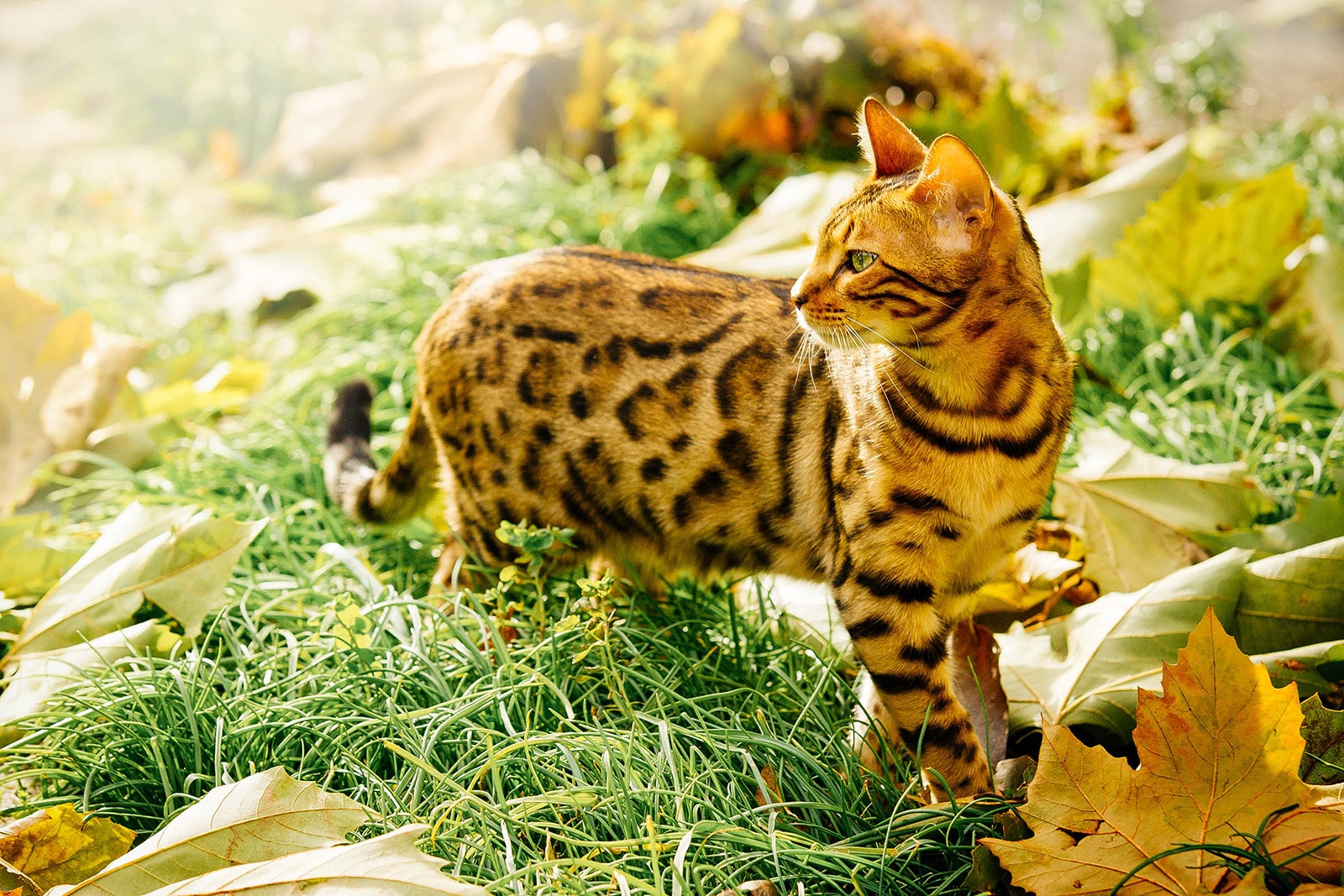Introduction
Cats wandering into gardens can cause frustration for many gardeners. They may dig up plants, use flower beds as litter boxes, or damage delicate seedlings. Keeping cats out of your garden is essential to protect your plants and maintain a beautiful outdoor space. This article explores expert-backed methods to deter cats, combining humane and effective strategies with insights from animal behavior specialists.
Why Do Cats Enter Gardens?
Understanding why cats frequent gardens helps in creating targeted solutions. Cats are naturally curious and may enter gardens seeking shelter, hunting opportunities, or a comfortable place to rest. Gardens often provide soft soil for digging and can be attractive spots for marking territory. Knowing these motives allows gardeners to address the root causes rather than just symptoms.
Physical Barriers to Prevent Cat Intrusion
Installing Fencing and Netting
One of the most straightforward methods to keep cats out is using physical barriers. A sturdy fence at least six feet high can discourage most cats. For added protection, consider attaching mesh or netting to the fence bottom to prevent cats from squeezing through small gaps.
Using Garden Netting or Chicken Wire
Laying chicken wire or plastic garden netting on top of soil beds can deter cats from digging without harming them. This method is particularly effective for vegetable patches or flower beds.
Natural and Humane Cat Deterrents
Planting Cat-Repellent Flora
Certain plants naturally repel cats due to their smell. Examples include:
– Coleus canina (also called “Scaredy Cat Plant”)
– Lavender
– Rosemary
– Rue
Incorporating these plants around the garden perimeter serves as a natural barrier.
Utilizing Scent-Based Repellents
Sprays made from citrus oils, vinegar, or commercial cat repellents can discourage cats from entering. These scents are unpleasant to cats but safe for plants and humans.
Motion-Activated Devices
Ultrasonic repellents emit high-frequency sounds inaudible to humans but disturbing to cats. Combined with motion sensors, these devices activate only when cats approach, making them energy-efficient and humane.
Behavioral and Environmental Adjustments
Providing Alternative Spaces for Cats
If the cats belong to neighbors or are strays, creating a designated area away from your garden with cat-friendly features (like sandboxes or sheltered spots) can redirect their attention.
Regular Garden Maintenance
Removing potential shelters such as dense bushes, debris, or wood piles minimizes attractive hiding spots for cats.
Mulching Techniques
Using rough-textured mulches like pine cones or stone chips can make digging uncomfortable for cats.
Expert Insights and Real-World Applications
Dr. Emily Hart, a veterinarian specializing in animal behavior, notes, “Consistency is key when deterring cats. Combining physical barriers with natural repellents yields the best results. Avoid harmful chemicals or traps, as they can cause injury and legal issues.”
A case study from a community garden in Oregon showed a 70% reduction in cat visits after installing a combination of fencing, cat-repellent plants, and ultrasonic devices.
Conclusion
Keeping cats out of your garden requires a multifaceted approach. Physical barriers, natural repellents, environmental adjustments, and understanding cat behavior all play crucial roles. By implementing these expert-recommended strategies, gardeners can protect their plants while ensuring humane treatment of cats. Consider your garden’s specific needs and local cat populations to choose the most effective methods. Protect your green space with thoughtful, science-backed solutions that work in harmony with your environment.
